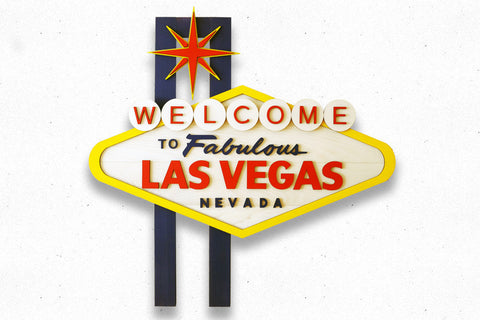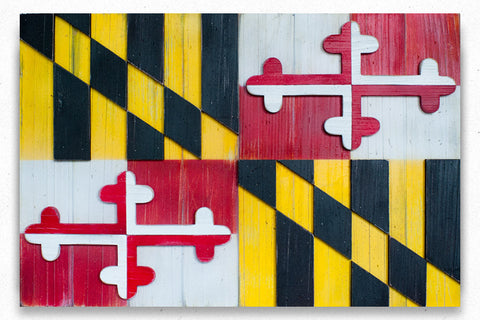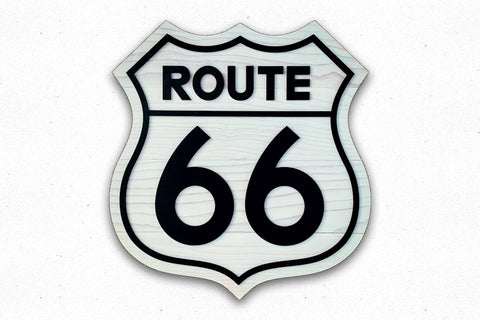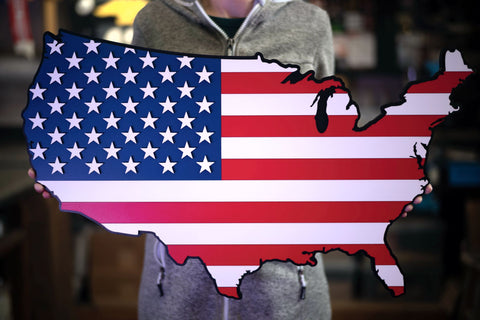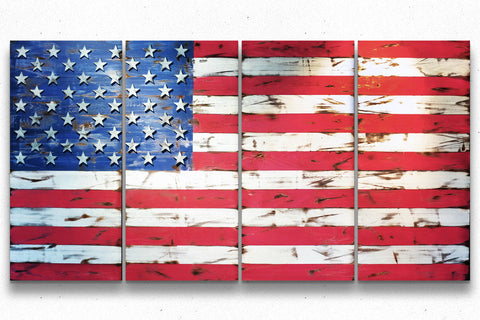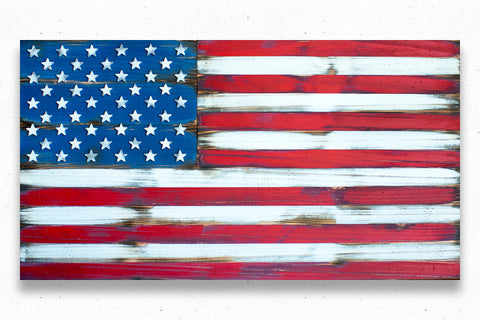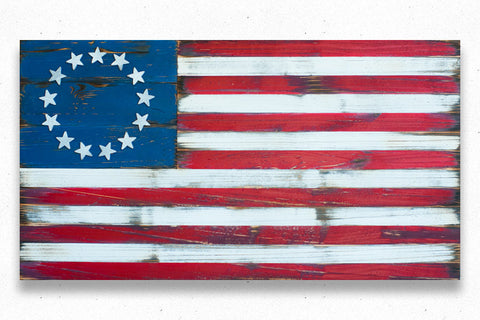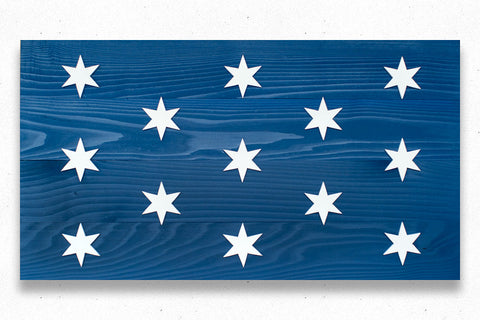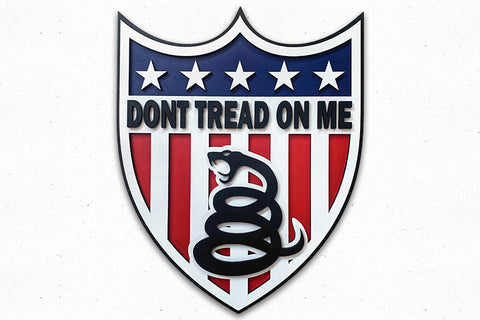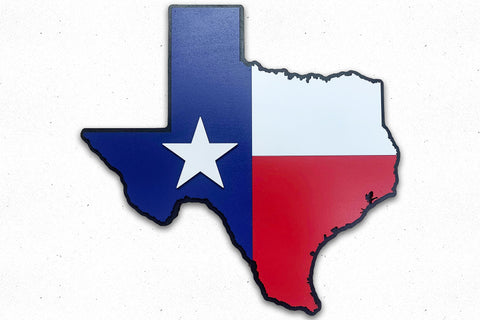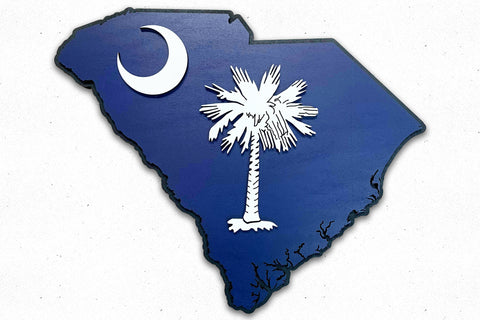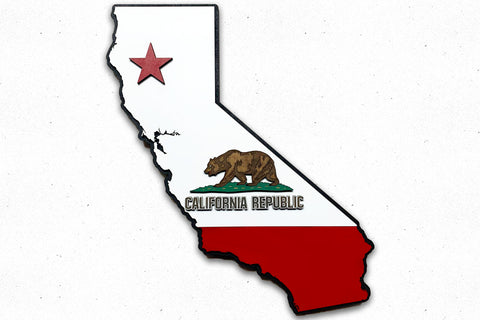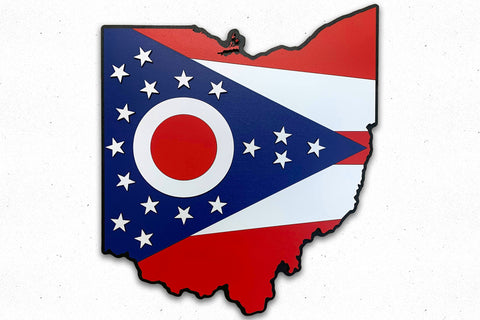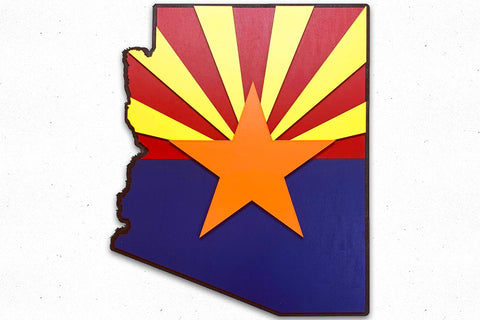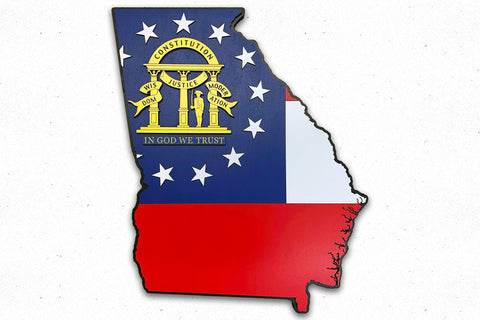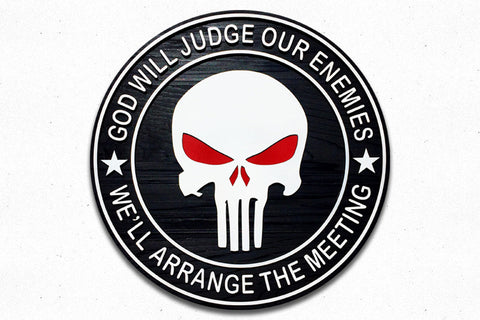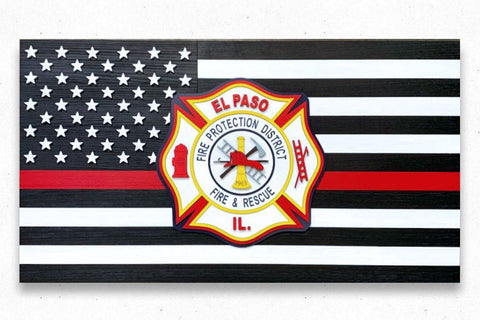
Every member of SEAL Team 6 (ST6) knows that they’re committed for life and chronic pain is part of the job. While combat is extremely dangerous, training is too. Members have been known to drown during training, and die during routine parachuting excursions.
Did you serve on Seal Team 6 or know someone who did? Learn about our Seal Team 6 Gold Squadron Wood Patch→
Why Seal Team 6?
SEAL Team 6 was created in October 1980 for “no-fail” missions, often devoted exclusively to counter-terrorism. They’re most popular for the assassination of Osama bin Laden.
Who is Seal Team 6?
Richard Marcinko, the founder of ST6, was given a short six-months to get the program on the ground. At the time, there were already two SEAL teams, but Marcinko intentionally named his new unit “SEAL Team 6” in order to confuse Soviet intelligence as to the number of actual SEAL teams in existence. ST6 started with 75 shooters and an annual ammunition training allowance larger than that of the entire U.S. Marine Corps.
Seal Team 6 training
After competing for spots on a training team called the “Green Team,” elite operators from the regular SEAL teams are chosen for a ST6 assault squadron.
Each squadron has it’s own identity, or brand. Often the tattoos that you see on former navy SEALS reflect the identity of their squadron.
Additionally, each assault squadron is divided into color-coded line squadrons, operating under a lieutenant commander:
- Gold Squadron (Assault Team): refers to it’s members as knights or crusaders
- Blue Squadron (Assault Team): refers to it’s members as pirates
- Silver Squadron (Assault Team): uses imagery from the other squadron
- Red Squadron (Assault Team): refers to it’s members as tribe or redmen
- Black Squadron (Reconnaissance & Surveillance Team)
- Gray Squadron (Transportation/Divers): refers to it’s members as vikings
- Green Team (Training Team)
Once they’ve been assigned a squadron, ST6 assault troops undergo very intensive training sessions. For the brevity of this article, I’ll briefly outline four of the most common exercises known as kill house training, assault training, ship training, and HALO training.
Kill house training is exactly what it sounds like. ST6 operators are trained to enter buildings and kill enemy fighters inside.
Assault training is a comprehensive replication of a full assault mission. In this exercise, ST6 candidates perform an entire mission, including the planning, navigation and entry and exit strategies.
Ship training trains ST6 members how to attack a ship at sea. A combination of kill house training and assault training this exercise teaches ST6 candidates to approach an enemy ship on high-speed boats. They then climb aboard the moving ship and fight their way through the ship to rescue hostages, killing or capturing target enemies along the way.
HALO training (high altitude, low opening) is where ST6 members practice skydiving from very high altitudes, while opening their parachute dangerously close to the ground.
The risk of being on Seal Team 6
According to a New York Times article, the costliest day in ST6 history was Aug. 6, 2011, when a Chinook helicopter was shot down in Afghanistan, killing all 38 people on board, including 15 SEALs from Team 6’s Gold Squadron, two of the squadron’s bomb-disposal technicians, as well as regular SEALs, pilots and others.
Another New York Times article on the secret history of SEAL Team 6 quoted Britt Slabinski, a retired senior enlisted member of Team 6 and veteran of combat in Afghanistan and Iraq, saying, “War is not this pretty thing that the United States has come to believe it to be,” he said. “It’s emotional, one human being killing another human being for extended periods of time. It’s going to bring out the worst in you. It’s also going to bring out the best in you.”
More members of the unit have died over the past 14 years than in all its previous history. Repeated assaults, parachute jumps, rugged climbs and blasts from explosives have left many battered, physically and mentally.
Where is Seal Team 6 today?
Seal Team 6 was officially disbanded and renamed in 1987, though despite the official name changes, "SEAL Team Six" remains the unit's widely recognized moniker. Today, ST6 is known as the United States Naval Special Warfare Development Group, or DEVGRU, a U.S. Navy component of Joint Special Operations Command.
DEVGRU is classified, and details of its activities are not usually commented on by either the White House or the Department of Defense.
The official mission of DEVGRU is to test, evaluate, and develop technology and maritime, ground, and airborne tactics applicable to Naval Special Warfare forces such as Navy SEALs; however, it is presumed this is a small part of the group's work assignment and more of a cover. DEVGRU’s mission is classified, but it’s also assumed that they’re focused on efforts to prevent the spread of both conventional weapons and weapons of mass destruction.
William M. Arkin, author of a popular article on ST6, cites DEVGRU as a, “bureaucracy and a business…one where only the most limited issues of sources and methods demand such ridiculous secrecy.” Arkin believes ST6 is just another sub-element of a ridiculous number of secret American armies.
In honor of Seal Team 6's Gold Squadron
Here at Patriot Wood we not only believe in our nation, we believe in our military. Seal Team 6 is an integral part of our nation’s history, and for that, we are proud. In fact, we’re so proud that we created our own Seal Team 6 Gold Squadron Wood Patch. It’s quite large on purpose so you’ll have a conversation piece to rave about.
Did you serve on Seal Team 6 or know someone who did? Learn about our Seal Team 6 Gold Squadron Wood Patch →


